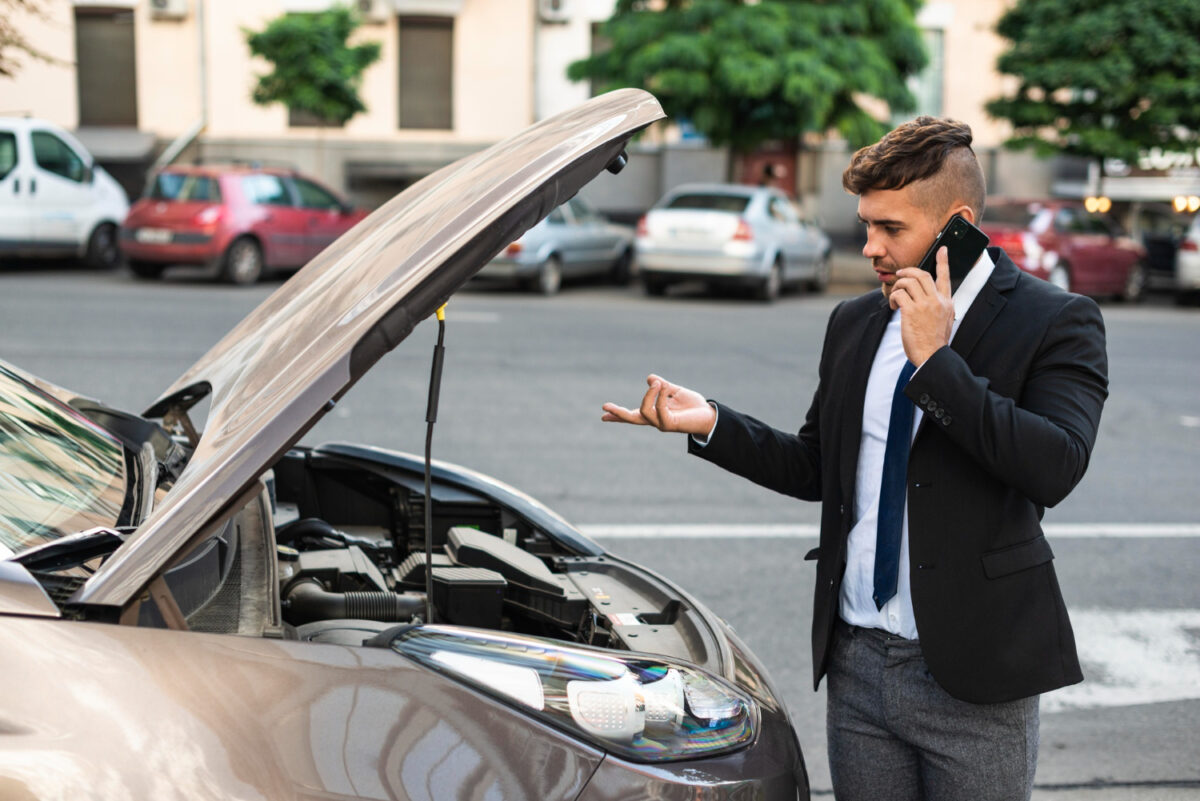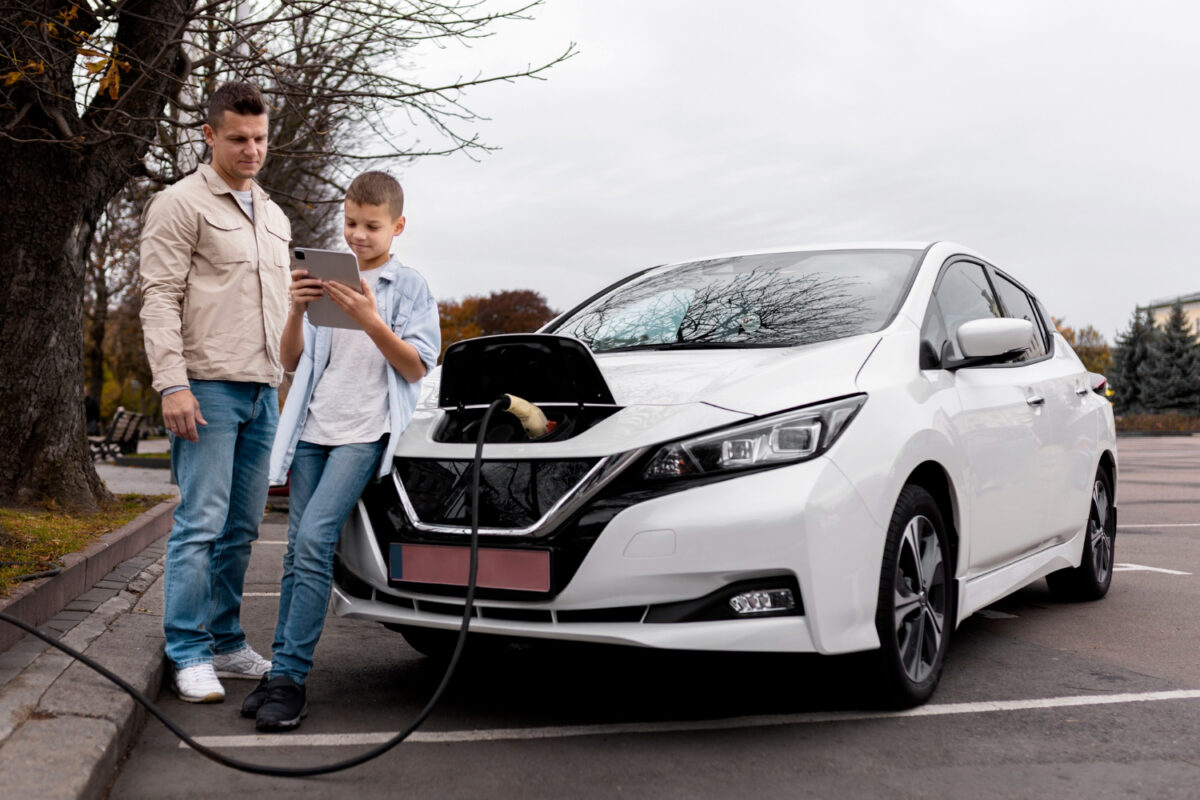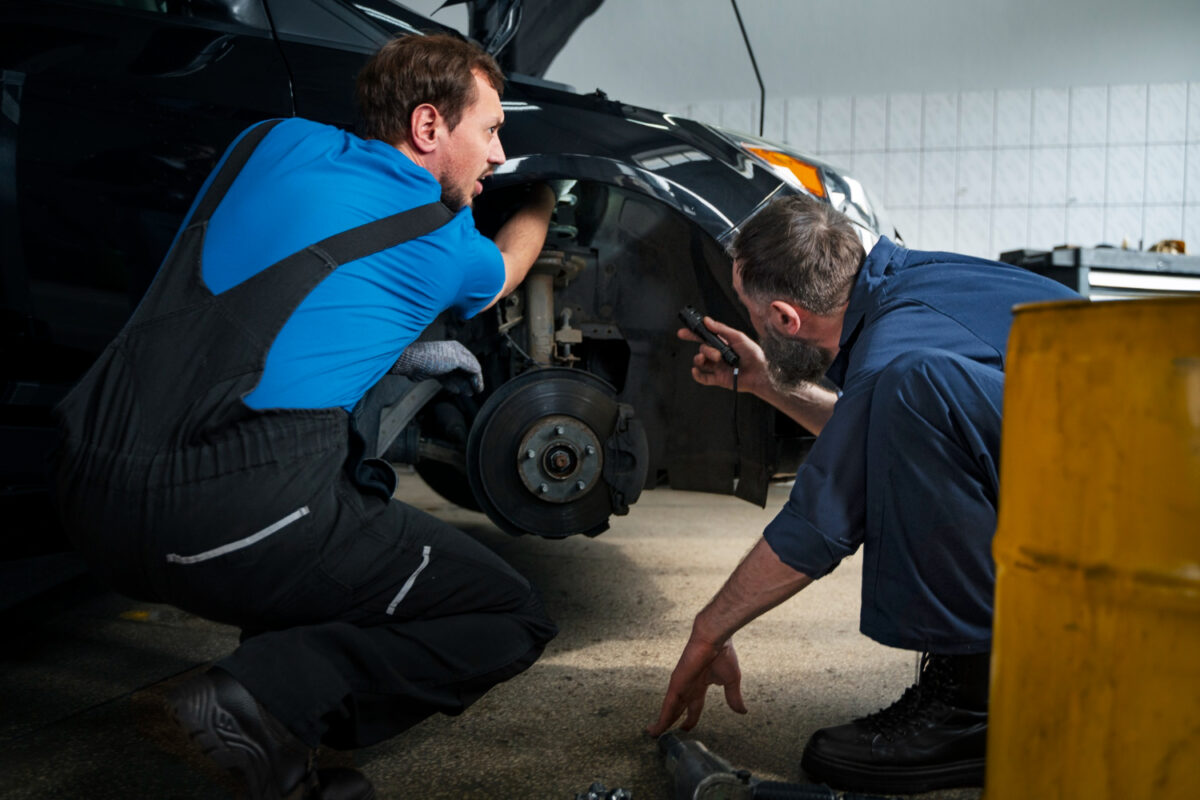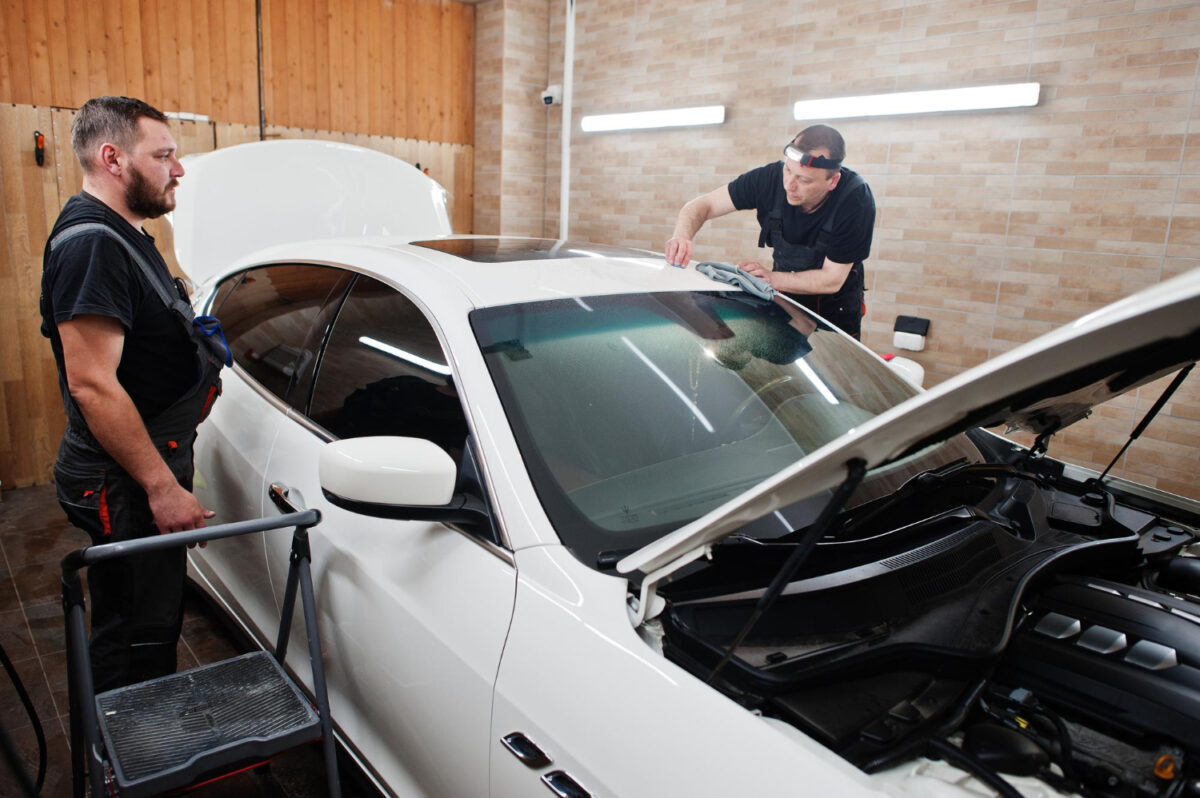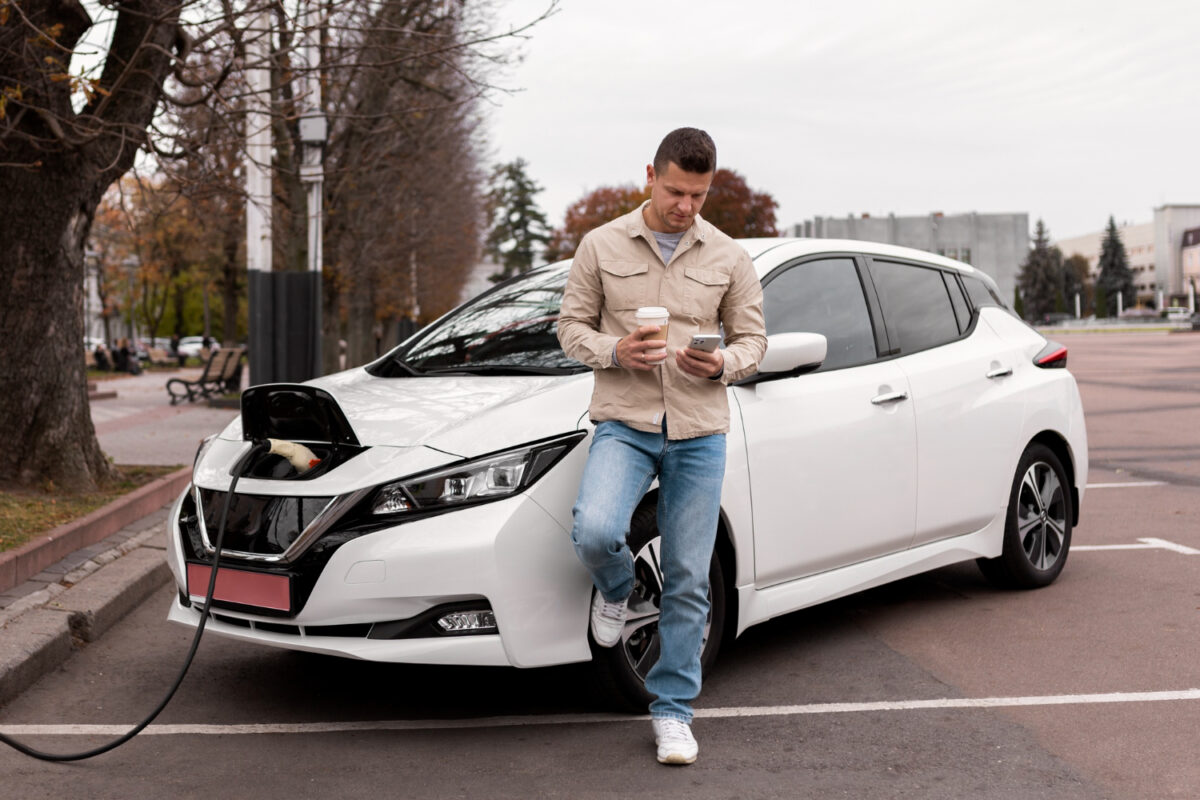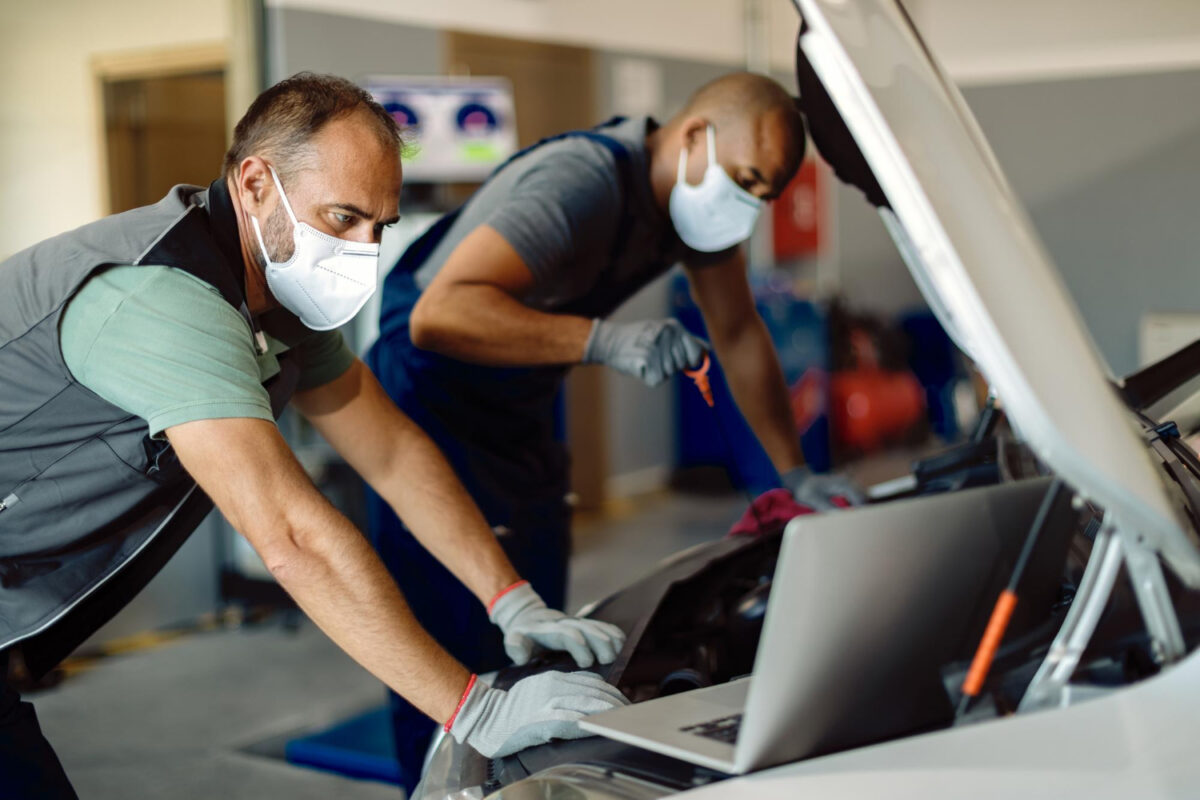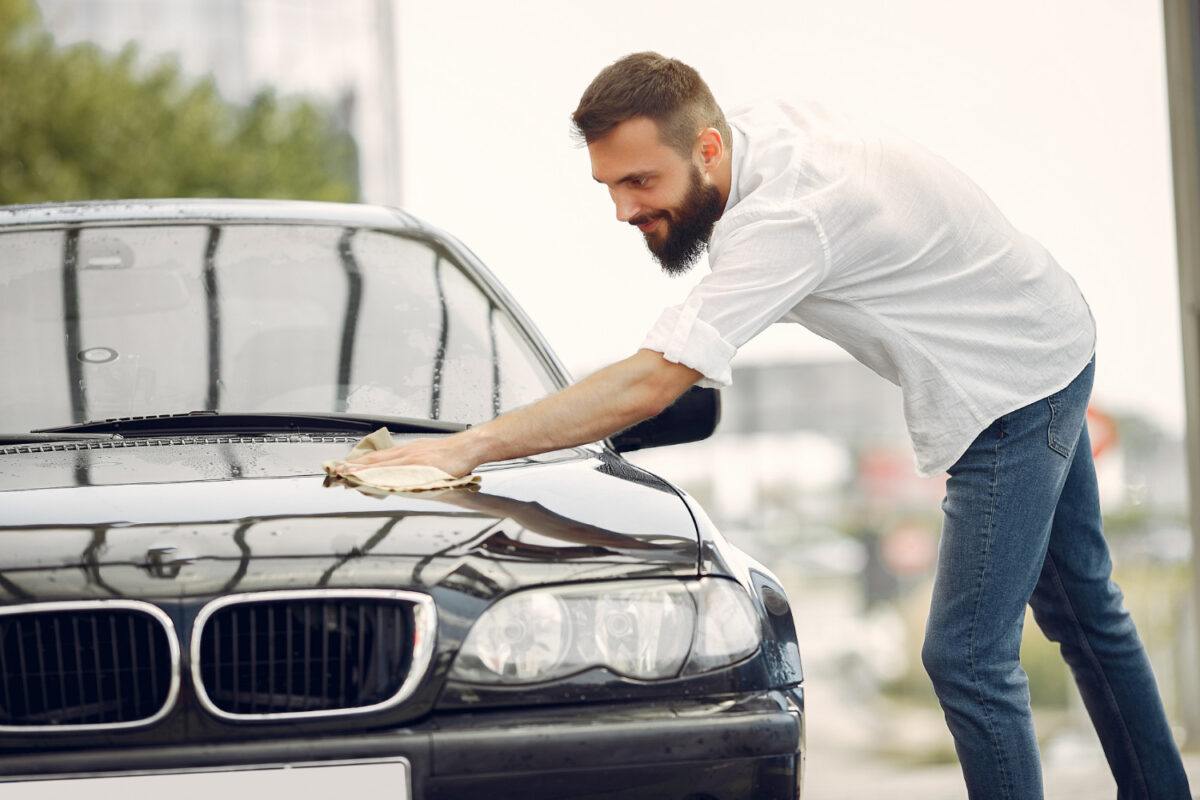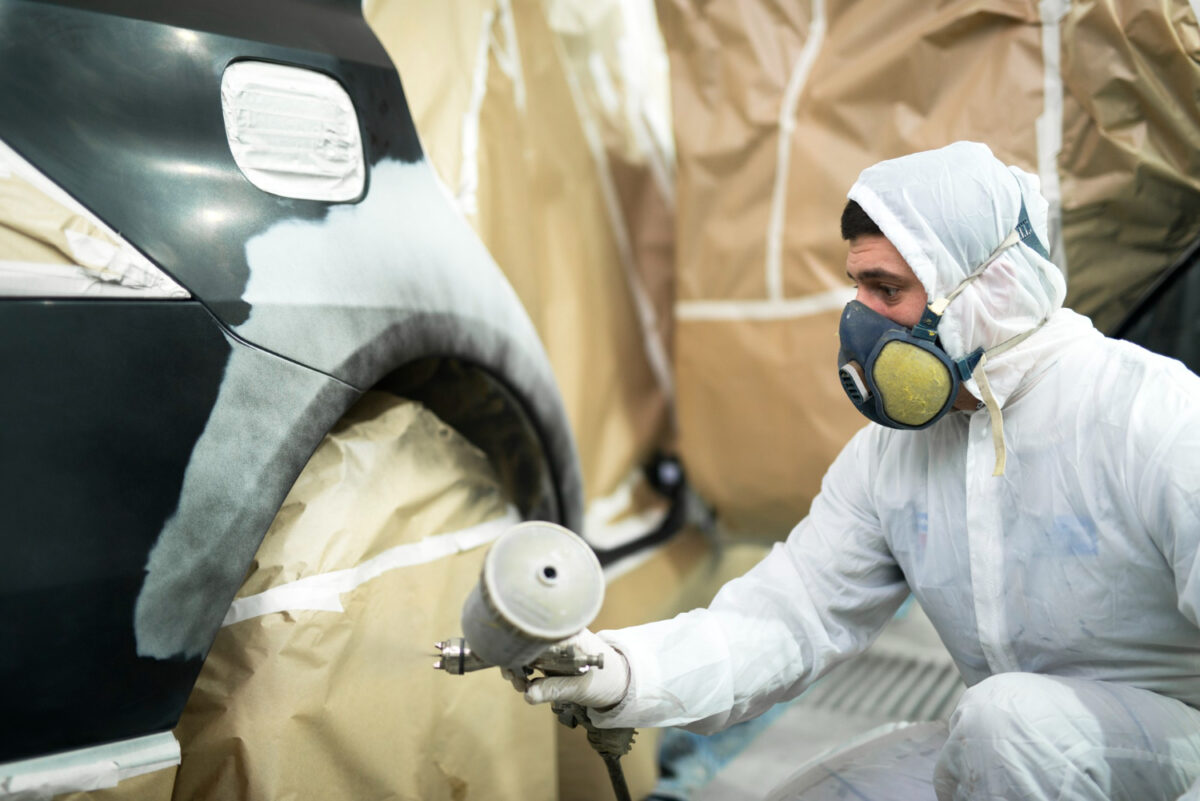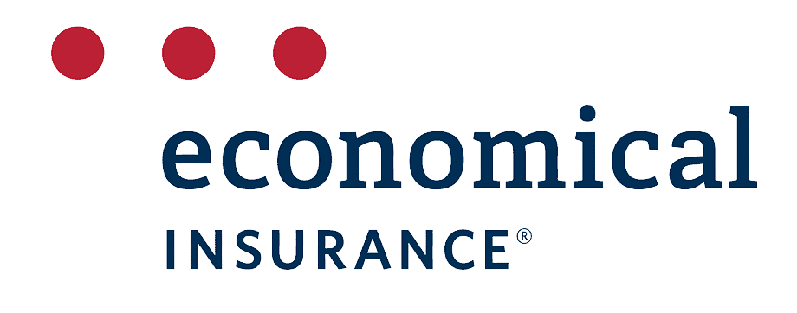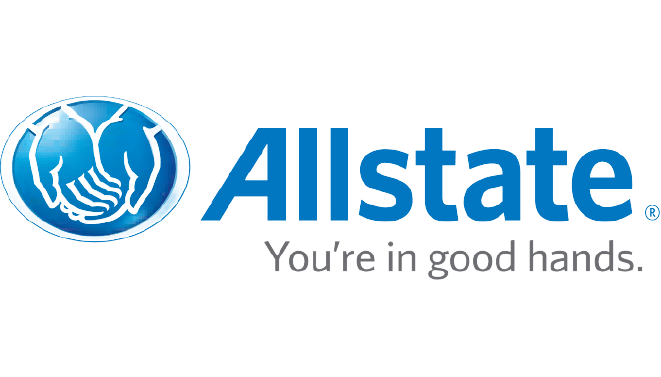Introduction
When it comes to collision repairs, luxury vehicles require a level of precision and expertise that goes beyond standard procedures. These high-end vehicles are engineered with cutting-edge technology, advanced materials, and bespoke designs, all of which demand specialized repair techniques. At Mann Auto Collision Centre, we understand the intricacies involved in restoring luxury vehicles to their pristine condition, ensuring that both performance and aesthetics are fully restored. Let’s explore how collision repair techniques differ for luxury vehicles and why choosing the right repair center is critical.
Advanced Materials in Luxury Vehicles
Luxury vehicles are often constructed with advanced materials such as carbon fiber, aluminum, and high-strength steel. These materials offer enhanced performance, better fuel efficiency, and improved safety, but they also present unique challenges during the repair process. For example, carbon fiber panels cannot be repaired in the same way as traditional steel body panels. Special tools and techniques are required to restore these materials without compromising the vehicle’s integrity.
At Mann Auto Collision Centre, our technicians are trained to work with a wide variety of materials used in luxury vehicle construction. We have the specialized equipment necessary to ensure repairs are performed according to manufacturer standards, preserving the vehicle’s strength, safety, and overall performance.
The Role of OEM Parts and Precision Engineering
Luxury vehicles are meticulously engineered, with each part designed to deliver superior performance and precision. When a collision occurs, using Original Equipment Manufacturer (OEM) parts is crucial for maintaining the vehicle’s integrity. OEM parts are designed specifically for the make and model of the vehicle, ensuring a perfect fit and function.
At Mann Auto Collision Centre, we prioritize the use of OEM parts in all luxury vehicle repairs. This not only guarantees that the vehicle performs as intended, but it also maintains the vehicle’s warranty and resale value. Our team works closely with luxury vehicle manufacturers to source the correct parts and ensure that every repair meets the highest standards of quality.
Sophisticated Electronics and Advanced Technology
Luxury vehicles are packed with sophisticated electronics, from advanced driver-assistance systems (ADAS) to state-of-the-art infotainment systems. These systems are integral to the vehicle’s performance and safety, and they require specialized knowledge to repair. Even a minor collision can affect the sensors, cameras, and radars that power these systems, leading to potential safety hazards if not repaired properly.
At Mann Auto Collision Centre, our technicians are trained to handle the latest in automotive technology. We use advanced diagnostic tools to assess the damage to a vehicle’s electronic systems and ensure that every component is recalibrated and functioning correctly. Whether it’s realigning cameras or resetting ADAS sensors, our team has the expertise to get your luxury vehicle back on the road safely.
Attention to Detail and Aesthetics
Luxury vehicles are not just about performance—they are also about aesthetics. Every curve, line, and finish is carefully designed to create a vehicle that is as beautiful as it is functional. When a luxury vehicle is involved in a collision, restoring its appearance is just as important as repairing its mechanical systems. Achieving a flawless finish requires a high level of craftsmanship and attention to detail.
At Mann Auto Collision Centre, we pride ourselves on our ability to deliver exceptional results in both form and function. Our paint matching technology ensures that any repaired panels are indistinguishable from the rest of the vehicle, preserving its pristine appearance. We take great care in restoring every detail, from the vehicle’s bodywork to its interior, ensuring that it looks as good as it did before the collision.
The Importance of Specialized Training and Certification
Repairing a luxury vehicle is not something that can be entrusted to just any repair shop. Technicians must undergo specialized training and certification to work on high-end vehicles. This training covers everything from understanding the unique construction materials to mastering the latest diagnostic tools and repair techniques.
At Mann Auto Collision Centre, our technicians are fully certified to work on luxury vehicles from brands such as BMW, Mercedes-Benz, Audi, and more. We continuously invest in training and certification programs to stay up-to-date with the latest advancements in luxury vehicle technology and repair methods. This ensures that every repair is performed to the highest standards, giving our clients peace of mind knowing their vehicle is in expert hands.
Preserving Vehicle Value and Warranty
One of the most important considerations for luxury vehicle owners is maintaining the value and warranty of their vehicle after a collision. Incorrect or substandard repairs can not only affect the vehicle’s performance and safety but also significantly reduce its resale value. Additionally, using non-OEM parts or failing to follow manufacturer guidelines can void the vehicle’s warranty.
At Mann Auto Collision Centre, we understand the importance of preserving the value and warranty of luxury vehicles. Our repairs are performed in strict accordance with manufacturer specifications, and we use only OEM parts to ensure the vehicle’s warranty remains intact. We also provide documentation of all repairs, giving owners a full history of the work performed on their vehicle.
Conclusion
Luxury vehicles require a higher level of care and expertise when it comes to collision repairs. From advanced materials to sophisticated electronics, every aspect of the repair process must be handled with precision. At Mann Auto Collision Centre, we specialize in repairing luxury vehicles, offering the specialized tools, training, and experience necessary to restore these high-end cars to their original condition.
If your luxury vehicle has been involved in a collision, trust the experts at Mann Auto Collision Centre to provide the meticulous care and attention it deserves. Contact us today to schedule a consultation and learn more about how we can help restore your vehicle to its pristine state.

